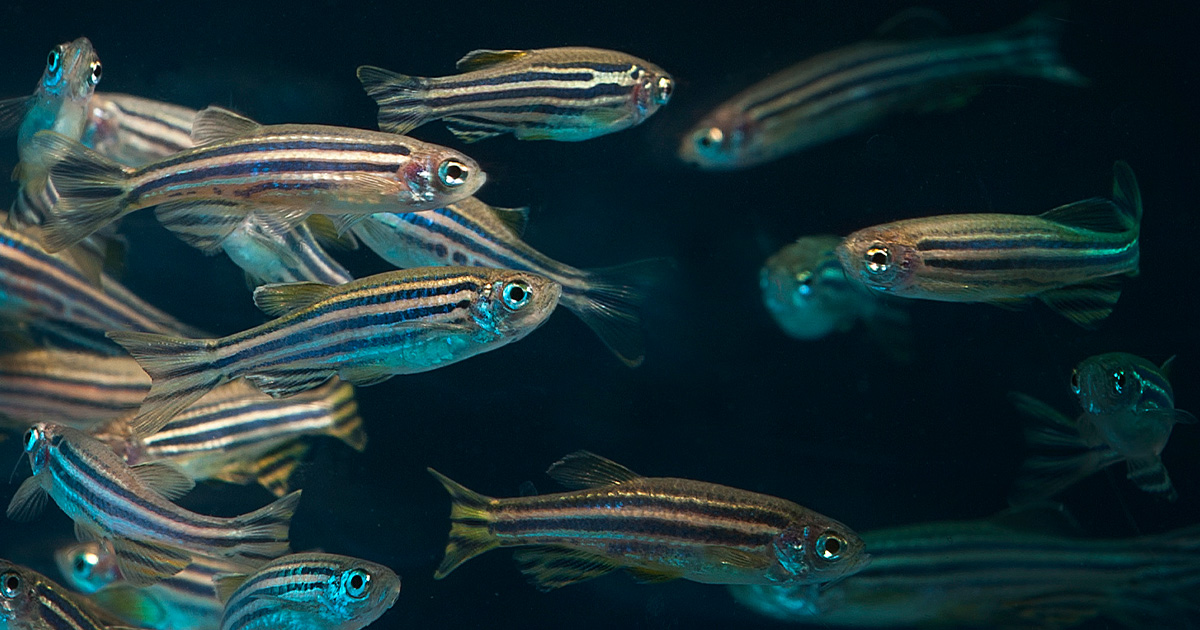Oregon State University has received a $7.5 million National Institutes of Health grant to modernize a lab focused on using zebrafish to address pressing human health challenges.
The Sinnhuber Aquatic Research Laboratory, led by Distinguished Professor Robyn Tanguay, a molecular toxicologist in the College of Agricultural Sciences, exploits the unique advantages of zebrafish to protect and improve human and environmental health. Zebrafish and humans have similar developmental processes and are similar on a genomic level, meaning zebrafish research can easily be applied to humans.
“Completing this modernization project will address bottlenecks limiting further growth of the OSU zebrafish biomedical research enterprise,” Tanguay said. “This is part of the long-term commitment to developing and maintaining advanced aquatic biomedical research facilities at Oregon State University, in the region and nationally.”
Researchers in the lab study how chemicals in the environment interact with genomes to produce disease and dysfunctions. The lab uses chemical and nanomaterial structural information, coupled with the biological responses they produce in zebrafish, as anchors for the research.
The lab has evaluated thousands of chemicals and mixtures including ethanol, flame retardants, nicotine, pesticides, and pharmaceuticals. Recent studies from the lab have focused on everything from the toxicity of sunscreen to the health impacts of 5G wireless networks.
The NIH grant will allow for:
- the replacement of an obsolete and undersized zebrafish life support system.
- installation of modern zebrafish housing enhanced by automated cleaning, feeding and remote monitoring.
- construction of specialty zebrafish rooms to support short- and long-term studies.
- addition of high-capacity tank washing capabilities.
- addition of engineering space to further seed technological innovations.
“Our NIH biomedical research base has grown exponentially over the past decade and renovation and modernization will ensure that it remains a critical resource to support research growth for well-established NIH Centers, NIH-supported investigators and other partners,” Tanguay said.



